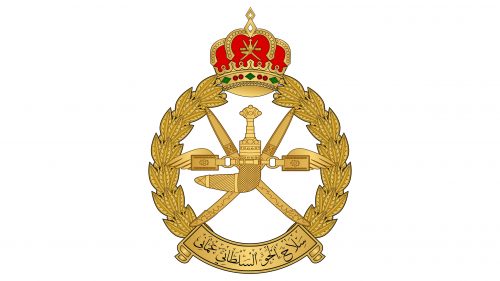 Royal Air Force of Oman Logo PNG
Royal Air Force of Oman Logo PNG
Royal Air Force of Oman: Brand overview
The Royal Air Force of Oman (RAFO) has a unique and distinguished history as a critical component of the Omani Armed Forces. Since its inception, RAFO has played a critical role in the defense of the nation and regional security.
The Sultan of Oman Air Force (SOAF) was established in March 1959 as a result of remarkable cooperation between Oman and the UK. Over the years, SOAF has grown and flourished into a formidable regional force.
In 1968, SOAF acquired its first fleet of BAC Strikemaster jet trainers and light strike aircraft, ushering in a new era of capability and power.
In 1990, Oman made the bold decision to rename its air force the Royal Air Force of Oman (RAFO), emphasizing its importance in the defense of the country.
RAFO has made significant strides in modernizing its operations by investing in state-of-the-art aircraft, advanced technology, and comprehensive training programs.
Meaning and History
What is Royal Air Force of Oman?
The Royal Air Force of Oman, known in Arabic as Force al-Jaww al-Sultaniy Uman or RAFO, is the aviation arm of the Armed Forces of Oman. This military organization was officially formed in March 1959, and at first, only a few types of aircraft were involved in transport and communication operations. Today, the Air Force plays a multidimensional role, including defense, rescue, and humanitarian missions.
1959 – today
The logo has a heraldic character. Every detail in it is filled with sacred meaning. The central element is the imperial crown with a red border and precious stones. It is located at the highest point, on top of two laurel wreaths, symbolizing wisdom, honor, and power. At the bottom of the composition is a scroll with an Arabic inscription. The glyphs are thin, graceful, and light, with characteristic swirls. In the center are blades and scabbards, representing the reliable protection of power. They are crossed and complemented by small wings, symbolizing flight. All elements are gold in color.
The use of gold in the design reinforces the themes of power, wisdom, and wealth. The small wings added to the crossed blades indicate a willingness to act quickly and effectively in defense of the kingdom. The scroll inscription complicates the design and suggests a broader cultural or historical connection, perhaps emphasizing inclusivity or respect for different traditions.




